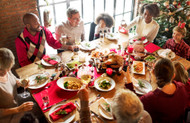Simple Tips for Shooting Better Holiday Photos
Posted by Tim Babiak and Casey Holder on 19th Dec 2017
The holidays are in full-swing with friends and family coming together to enjoy the festivities. If you’re the person with the “good camera”, chances are you’ll be the one called on to take some nice photos. Here are some tips from our resident "people and portrait photographer" and Precision Camera instructor Tim Babiak.

The Group Shot
The key piece of equipment to get better photos indoors is a speedlight. A speedlight is a small, battery-powered flash that mounts to the hot shoe on top of your camera. While many of our cameras have built-in pop-up flashes, a dedicated speedlight provides distinct advantages.
The challenge with indoor photography is that there is typically little light – even in well lit rooms. Using the pop-up flash on the camera provides photos which can be nice, but sometimes look a little too “flashy”. Let’s look at a way to use a speedlight to get a better result.
First, set your camera to manual mode. You’ll then set your camera settings based on your lens and overall room brightness. First consider a typically lit room (not a dimly lit room). If your lens goes to f/4, then set your camera to ISO 800, f/4, 1/60 second. Otherwise, set your camera to ISO 1600, f/5.6, 1/60 second.
Put your speedlight on the hot shoe on top of your camera and turn it on with the mode set to “TTL." TTL stands for "Through the Lens" and is the automatic mode that allows your flash and camera to work together to set the brightness for your flash.
Then, instead of aiming the flash directly at your subject, rotate the flash head so it points sideways or behind you at a wall or the corner of a ceiling. What you're doing is bouncing the flash off the ceiling instead of hitting the subject directly with it, like a flashlight. This allows for a much bigger, softer light source to illuminate your subject. The direction is also from above, which appears more natural to the human eye.
The key point is that your subject does not see the front face of the flash. When you release the shutter, the flash will bounce into the room and create a larger, softer illuminance of your subject with beautiful soft shadows. If the room is more dimly lit, you may need to raise the ISO setting (ISO 1600 or ISO 3200 respectively).
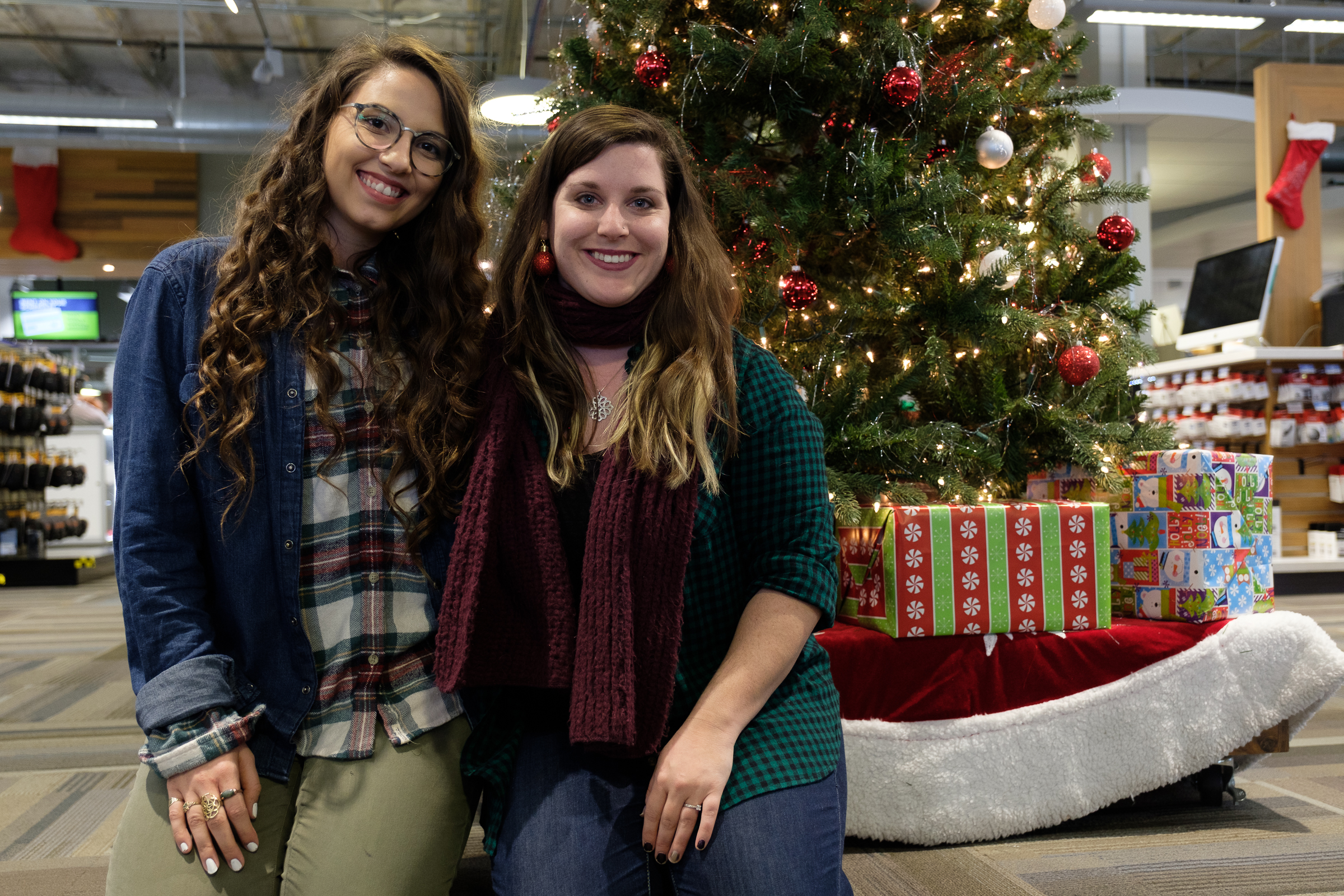
Above is an image shot with no flash
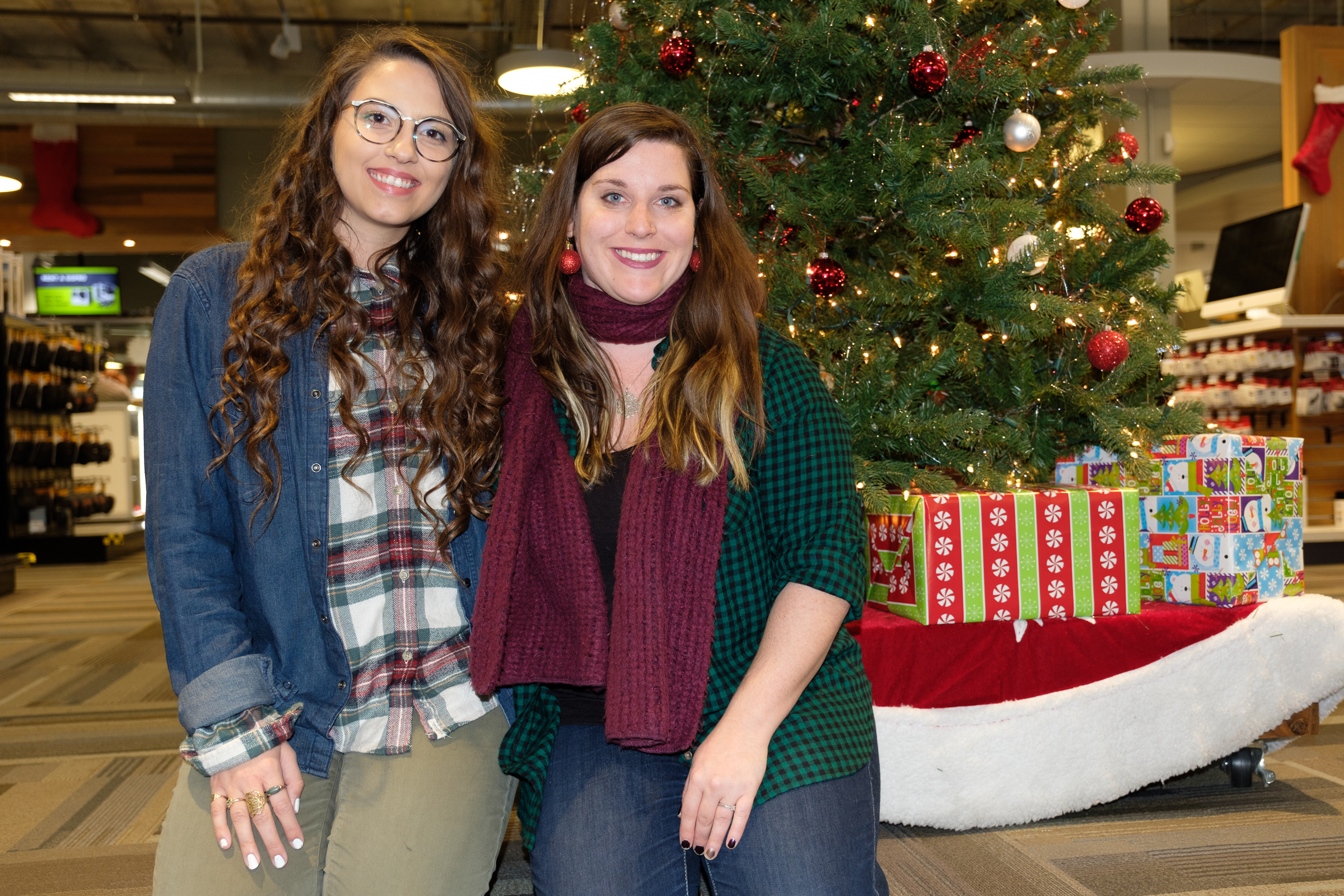
Above is an image shot with the dreaded on-camera flash.
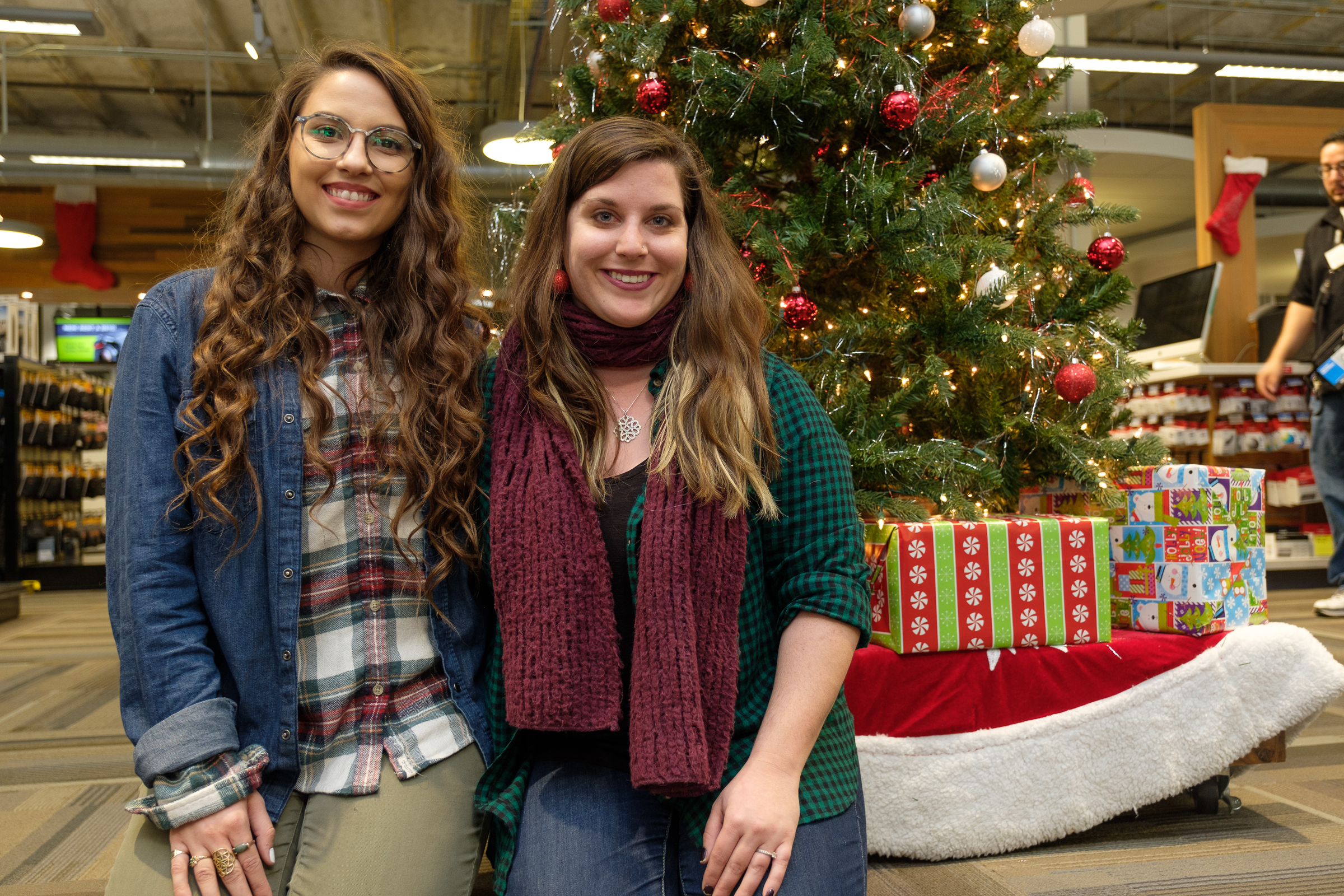
And finally an image shot with a speedlight pointed at the ceiling.
If you don’t have a speedlight, the folks at Precision Camera & Video are ready to help you find one that works with your camera, fits your budget and meets your needs. Stop by the store anytime to talk with the friendly sales staff!
We suggest the Profoto A1 for Canon or Nikon, The Canon 600 EX II-RT, The Nikon SB-5000, The Phottix Mitros for Nikon, Canon or Sony and the Nissin Di700A for all major camera brands.
Make sure to check out Tim Babiak and Scott Sitkiewitz's classes introducing the concepts on flash and how to use it effectively on and off camera.
Kick it up a Notch
If you really want to get fancy, you can add flash modifiers to your game and get your flash off-camera. MagMod makes an amazing system that allows you to quickly add, change and remove multiple flash modifiers to any flash.
Getting that flash off camera will allow you to create dramatic, studio lighting patterns and take those family snap-shots into the world of high-art portraiture.
BUT I Want to be in the Picture TOO...
If you want to attempt an indoor family portrait that includes your own smiling face, you're going to need a tripod (the Vanguard Espod CX 203AP is a nifty little tripod) and your in-camera timer.
If you don’t like to rush, some camera systems offer apps that will allow you to connect your phone to your camera and it will become a wireless remote shutter release!
The Food Shot
Besides family, the most important aspect of the holidays is the food!
When taking photos of food, a good general rule of thumb is to have the food lit from the side with a large, soft light source such as a window. Adding a second light, such as a backlight, can take your image from good to stunning. Backlighting is key to texture and making the food look appetizing. This will also allow for steam — or powder suger like in the image below from Precision Camera Food Photography instructor Josh Baker — to show up in your photos.
So, try using either natural light from a window along with a constant light that you can easily move around the subject (we recommend the ultra small and portable LITRA LitraTorch Photo and Video Light).
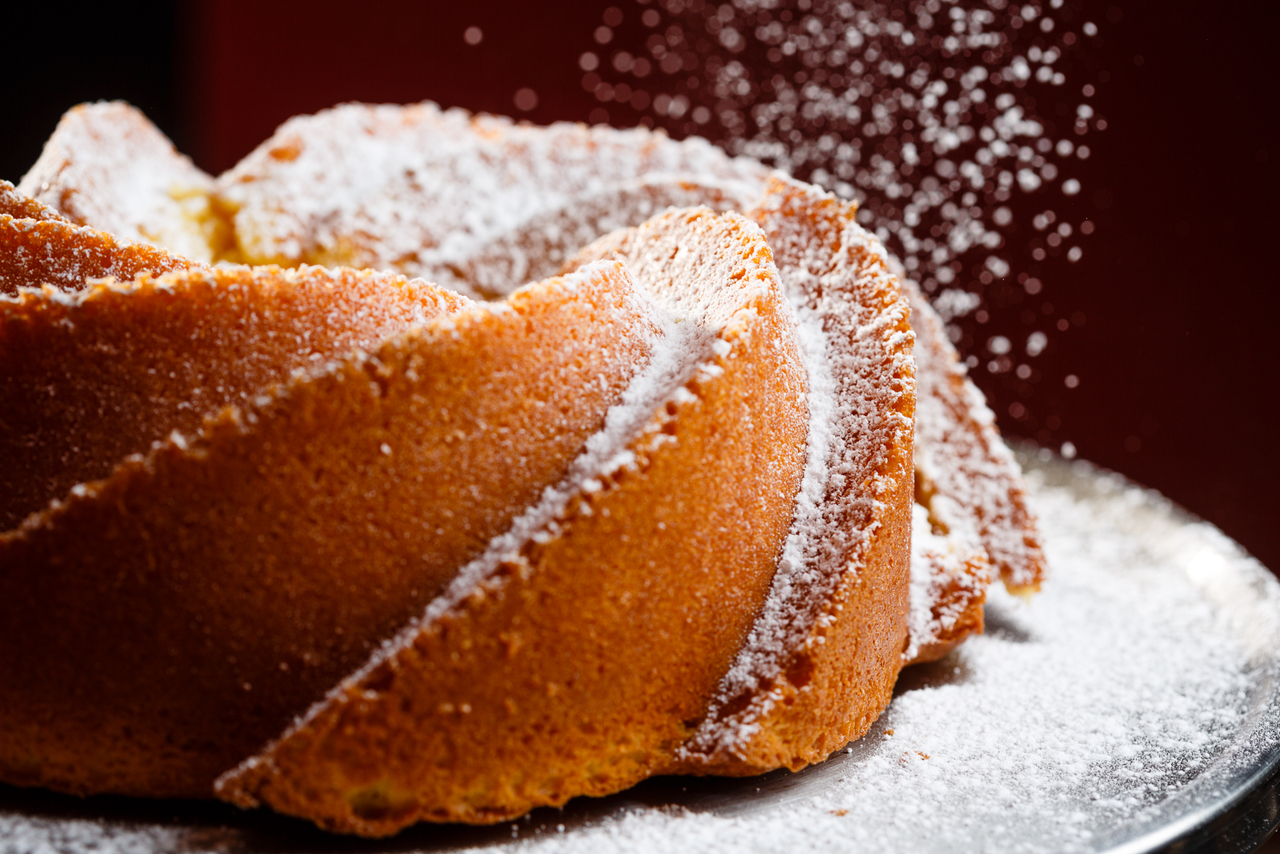
Check out Josh Baker's Intro and Advanced food photography classes too!
You can also have fun documenting the cooking process! Especially, if it is a family affair.
Practice these techniques before the festivities begin. They're really quite simple and will allow you to move about and photograph people, food and the joyous occasions surrounding the holidays with new success. But most of all, enjoy the holidays and time with friends and family.

